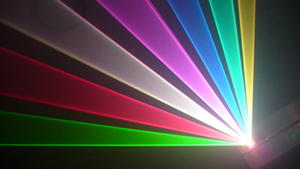I'm pretty sure kids draw it as yellow, because when you look at it, it looks yellow on the outside ridges, kind of how my Violet often looks like a white dot in the middle with purple around the edges. I'm pretty sure it's not because they are dumb.
http://goflorida.about.com/library/graphics/sunset3.jpg
http://www.electronics-lab.com/blog/...nrmcmedium.jpg




 Reply With Quote
Reply With Quote
 buffo
buffo
